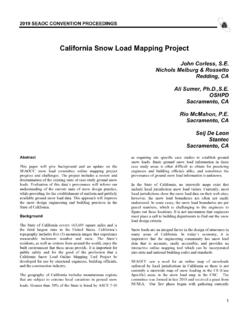Transcription of Texas Municipal Utility Districts: An Infrastructure ...
1 Texas Municipal Utility Districts: An Infrastructure Financing System I. The History of Special Districts A. Overview Large population growth requires the development of new communities. Massive capital outlays must be made in order to provide quality water, sewer, drainage, and other Municipal services to these new communities. General units of government ( , states , counties, and cities) historically have been unwilling or unable to finance these large capital outlays. In Texas , this inability has been due to legal restrictions in the Constitution on Municipal debt and taxing authority, combined with the unwillingness of one constituency to incur debt for the benefit of another, especially when risks associated with new development are involved.
2 Private financing of these capital outlays failed in Texas because the Infrastructure costs were recovered through the sale of land , resulting in higher lot prices and unaffordable housing. Attempts at private ownership of the needed facilities led to the construction of substandard systems because the fees required to recover the capital costs were excessive. In addition, because there are no periodic charges associated with drainage facilities, the cost of such facilities could not be recovered through user fees. states like Texas , Florida, and California that have experienced rapid growth have addressed the shortcomings described above by using special district governments to finance all or part of the required Utility and community support facilities.
3 Special districts are local governmental entities that can be endowed with special powers to provide one or more specific services when general purpose governments cannot or will not provide a necessary service to an area. This flexibility makes special districts efficient tools for the stimulation of urban growth and enables them to function in the development of commercial, industrial, and residential properties, and in projects ranging from small subdivisions to large master-planned communities. Among the types of special districts 154186_2. widely used in the United states are hospital, school, water, irrigation, drainage and flood control, urban renewal authorities, river authorities, and developmental districts.
4 B. Texas Constitutional and Legislative Background Texas recognized the need for special districts as early as 1904 when it adopted Article III, Section 52, of the Texas Constitution, authorizing the Texas Legislature to pass laws permitting special districts. After struggling with the limits on indebtedness and other shortcomings in the 1904 amendment, Texas adopted Article XVI, Section 59, of the Texas Constitution in 1917, allowing water districts to operate with unlimited tax authority and bond indebtedness. Since 1917, the Legislature has authorized numerous types of special districts. Water districts were initially used to develop the state's agricultural lands and later to service small communities.
5 After the use of water districts for urban residential development increased significantly in the 1950s and 1960s, Texas adopted Chapter 54 of the Texas Water Code in 1971 authorizing the creation of Municipal Utility Districts ( MUDs ) to streamline the process. In 1995, Chapter 49 was added to standardize the administrative provisions for the numerous types of districts. Today, MUDs are the primary financing tool used by developers in Texas for new development. C. City Involvement Texas cities are granted a sphere of influence outside their boundaries known as extraterritorial jurisdiction ( ETJ ). A city must consent to the creation of a MUD within its ETJ or its corporate limits.
6 In its consent, the city may require the MUD to submit all plans for its Infrastructure for approval and limit the length of maturity and interest rate of the MUD bonds. The city bears no risk for the development or the MUD, while controlling the quality of the Infrastructure . The city has the legal option to annex the MUD, acquire all the assets and assume the debt, subject to certain procedural steps. D. Special Districts in Texas Today A majority of the approximately 1,100 special districts in Texas today were created over vacant land owned by the developer outside of city limits. There is significant use of special districts in Austin/Central Texas and rapidly growing use in the Dallas/Fort Worth metropolitan area.
7 Most of the special districts in Texas , however, are located in the Houston metropolitan area. In 2010 it was estimated that more than million people resided in the approximately 650 special districts located in the Houston metropolitan area. Those districts were estimated to have had in excess of $ billion in outstanding bonds. All of the major community developments in the Houston metropolitan area over the past thirty years have been developed using special districts. Some of these communities and their approximate acreage include: The Woodlands (27,000 acres), Clear Lake City/NASA (15,000 acres), First Colony (10,000 acres), Sienna Plantation (10,000 acres), Page 2.
8 And Cinco Ranch (5,400 acres). The use of special districts has enabled Houston to sustain quality growth while retaining the lowest home prices of any major metropolitan area in the United states . The City of Houston has acquired a major portion of its land and population through annexation of special districts. The development of the City of Sugar land , Texas provides a compelling example of the benefits of using special districts. Sugar land was a company town (sugar cane processing) on the Southwest side of Houston until the 1960's. Its population in 1970. was approximately 5,000 people. In the 1970's, the sugar cane fields surrounding the town were sold to developers who utilized special districts to develop the area.
9 After the build- out of these communities was completed, the City of Sugar land annexed all of the property by dissolving the special districts and assuming their debt. Today, Sugar land has a population of more than 75,000 people, has a low ad valorem tax rate, and is viewed as one of the most prosperous, high-quality communities in Texas . II. Municipal Utility Districts A. Overview The objective of a MUD is to provide various services such as water, sewer, and drainage (including detention ponds) to certain areas where Municipal services are not available. A MUD also has the ability to construct parks, street lighting, fire prevention facilities, and certain types of roads.
10 The funds used to construct the MUD's facilities are obtained through the public sale of tax-exempt Municipal bonds. The MUD provides for the payment of the principal and interest on the bonds through its unlimited power to levy and collect ad valorem taxes on all taxable property in the MUD. The taxes are then paid by homeowners and landowners in the MUD. In addition, homeowners and other users pay monthly water and sewer fees to pay for the costs of operating and maintaining the system. B. MUD Benefits MUDs have been a highly effective and well accepted development tool in Texas because they benefit all of the represented interests: (i) bond investors, (ii) developers, (iii) consumers, and (iv) good public policy.
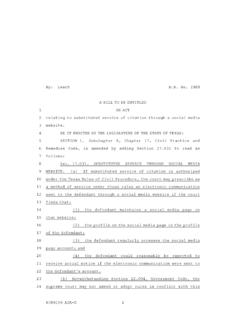
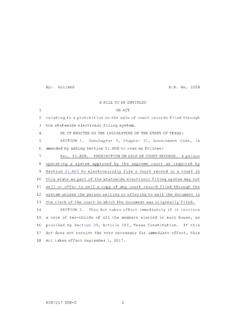

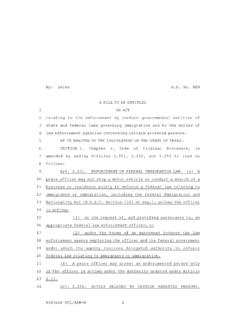

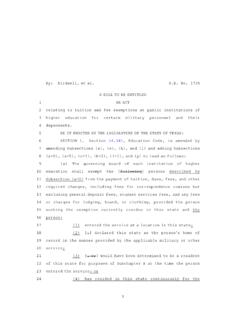
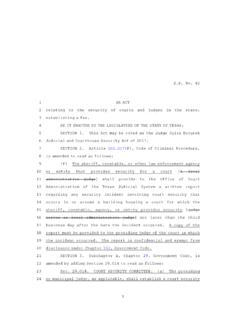
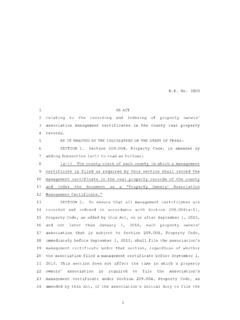
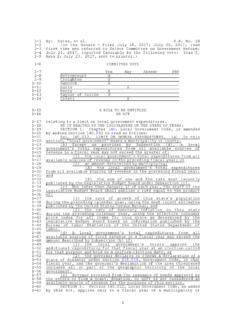
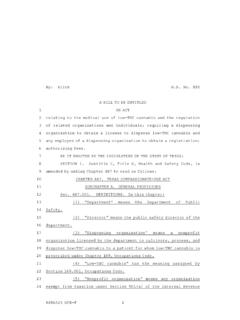
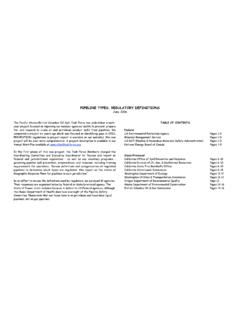

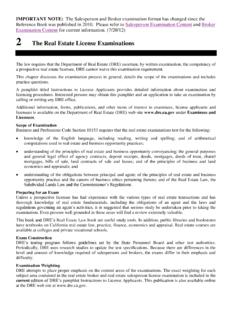

![CHAPTER 7A [SFM] MATERIALS AND CONSTRUCTION …](/cache/preview/c/2/9/8/1/6/8/c/thumb-c298168c48650f700893e26320545ad4.jpg)
